Running Injuries and How to Prevent Them
- wavecompany
- Aug 25
- 5 min read
Hello, guys!
Today, We’ll be sharing common running injuries, their symptoms, and how to prevent them.
Among those who love WaveWear, we know many of you also enjoy running.
Running is one of the easiest sports to start, but it also comes with unexpected risks of injury. From blisters on the feet to muscle strains and even fractures, these common running injuries can interrupt your training and take away the joy of running. 😥

To protect your body and keep running consistently, it’s important to run smarter, not just harder. Today, let’s take a look at some of the most common running injuries and how you can prevent them. Even small changes in your habits can make a big difference in staying injury-free and enjoying running for the long term. 🙌
Running Injuries Can Be Prevented 🏃♂️
Runners of all levels—from beginners to marathon veterans—often encounter injuries. These injuries may appear suddenly, or they can build up gradually due to overtraining or wearing the wrong shoes.
If you experience sharp pain or discomfort that doesn’t improve with rest, it’s important to seek professional medical care. This article is not a substitute for treatment, but rather a guide to help you recognize and prevent common running injuries.
① Muscle Strains (Pulled Muscles)
One of the most frequent injuries runners face is a muscle strain.This happens when muscle fibers stretch too far or partially tear, leading to pain and swelling.Runners commonly experience this in the hamstrings, quadriceps, calves, or groin.
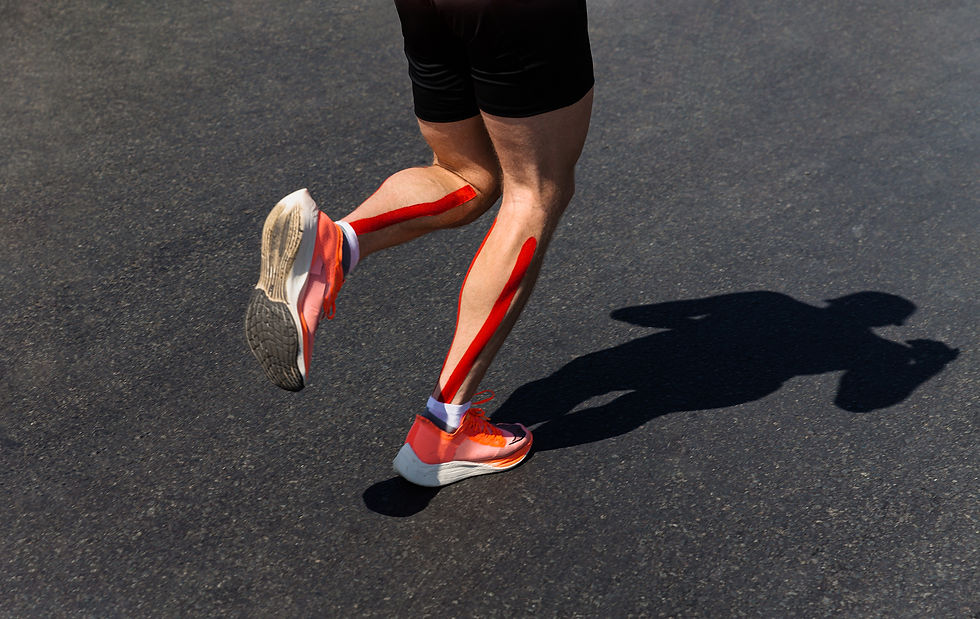
👉 Common Symptoms
Aching pain during movement (often eases with rest)
Swelling or tenderness when pressing the area
Restricted movement
A “pop” or snapping sensation at the moment of injury
According to Harvard School of Public Health, muscle strains are categorized into three grades.Mild cases often recover with rest and ice, while more severe strains may require professional treatment.
Prevention Tips 💡
✔ Always warm up before running, especially before speed work or intense sessions.
✔ Avoid sudden increases in mileage or intensity. Follow the “10% rule” to reduce strain.
② Shin Splints
Shin splints refer to pain along the front or inside of the shin bone, a very common runner’s injury.

👉 Common Symptoms
Dull pain along the front or inside of the shin
Pain that worsens while running
Tenderness or slight swelling in the area
Shin splints often occur from a sudden increase in mileage, running on hard surfaces, or wearing worn-out shoes. 🏃♂️
Prevention Tips 💡
✔ Increase weekly mileage by no more than 10%.
✔ Take at least one rest day per week.
✔ Alternate surfaces—don’t always run on concrete. Use a track, treadmill, or trail when possible.
✔ Replace running shoes after 300–500 miles (480–800km).
③ Stress Fractures
Stress fractures are tiny cracks in the bone caused by repetitive impact.
They often affect the shins or feet.

👉 Common Symptoms
Starts as dull pain, worsens with continued running
Swelling, bruising, or tenderness at the injury site
Pain that eventually persists even at rest
⚠️ Stress fractures require strict rest for 6–8 weeks, and sometimes medical immobilization.
Prevention Tips 💡
✔ Stop running immediately if sharp pain persists.
✔ Avoid sudden spikes in training intensity.
✔ Ensure adequate nutrition with calcium, vitamin D, and overall calorie intake.
④ Runner’s Knee
Runner’s Knee is one of the most common injuries among distance runners, causing pain in the front of the knee.

Why does it happen?
💪 Weak quadriceps → more stress on the knees
🧵 Tight hamstrings → restricted knee movement
💥 Direct impact or trauma
🏃 Overtraining without adequate rest
👉 Common Symptoms
Dull pain around the front or sides of the knee
Worse when climbing stairs or sitting for long periods
Clicking or popping sounds when bending the knee
Prevention Tips 💡
✔ Rest when pain is severe.
✔ Strengthen and stretch leg muscles.
✔ Wear supportive shoes with proper cushioning.
✔ Adjust training intensity gradually.
✔ Use knee sleeves or taping to reduce load.
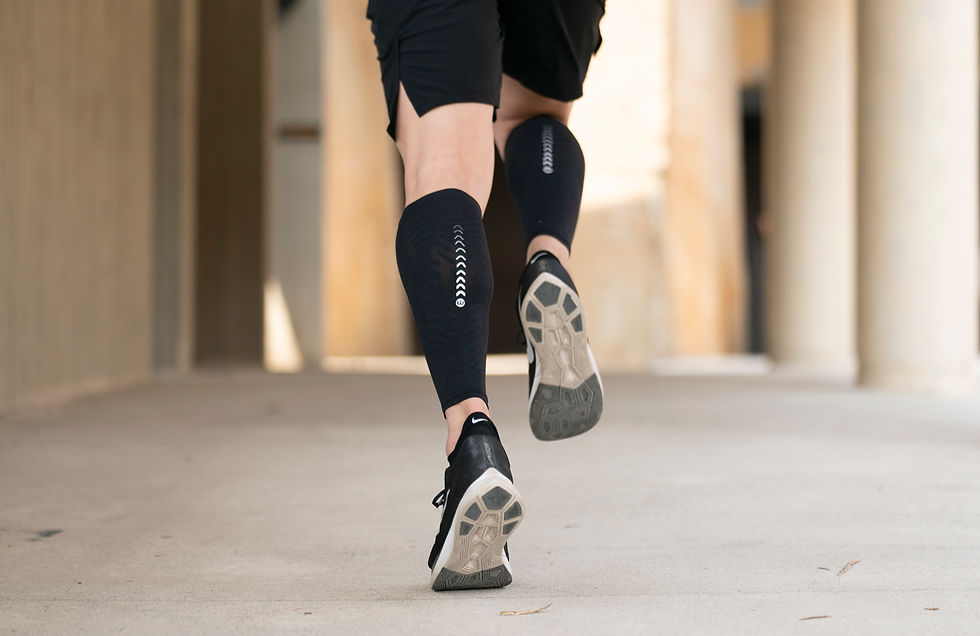
👉 WaveWear’s K2 Knee Sleeve and C2 Calf Sleeve with silicone taping technology can help stabilize joints and reduce pain during running.
⑤ IT Band Syndrome
The IT band runs from the hip down the outer thigh to the knee.
Repeated friction of the IT band against bones can cause inflammation and pain.
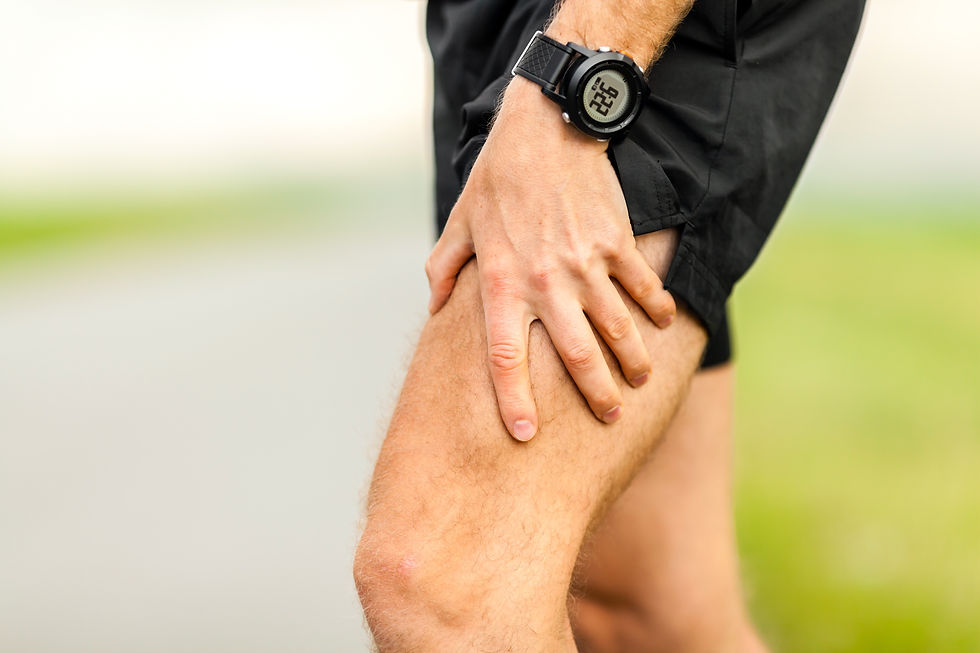
👉 Common Symptoms
Pain on the outer side of the knee, especially while running
Sharp or stabbing pain after a certain distance
Discomfort even when walking or climbing stairs in severe cases
Prevention Tips 💡
✔ Stretch and strengthen hip and thigh muscles.
✔ Wear knee sleeves or compression wear for stability.
✔ Rest and physical therapy if pain persists.
⑥ Plantar Fasciitis
Plantar fasciitis is one of the most common foot injuries for runners.
It occurs when the plantar fascia, the thick band of tissue connecting the heel to the toes, becomes inflamed.
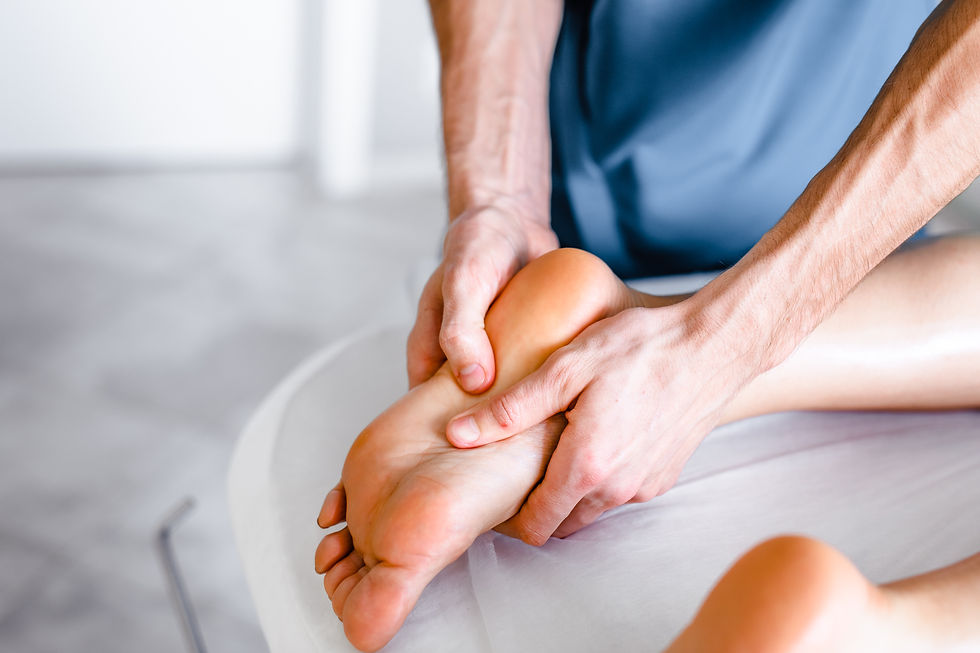
👉 Common Symptoms
Sharp heel pain with the first step in the morning
Pain worsening after running or workouts
Prevention Tips 💡
✔ Wear proper running shoes and replace them regularly.
✔ Stretch the calves before and after running.
✔ Run on softer surfaces when possible.
✔ Use orthotics or custom insoles if needed.
✔ Increase training volume gradually.
⑦ Ankle Sprains
Ankle sprains happen when the ankle twists or rolls suddenly.
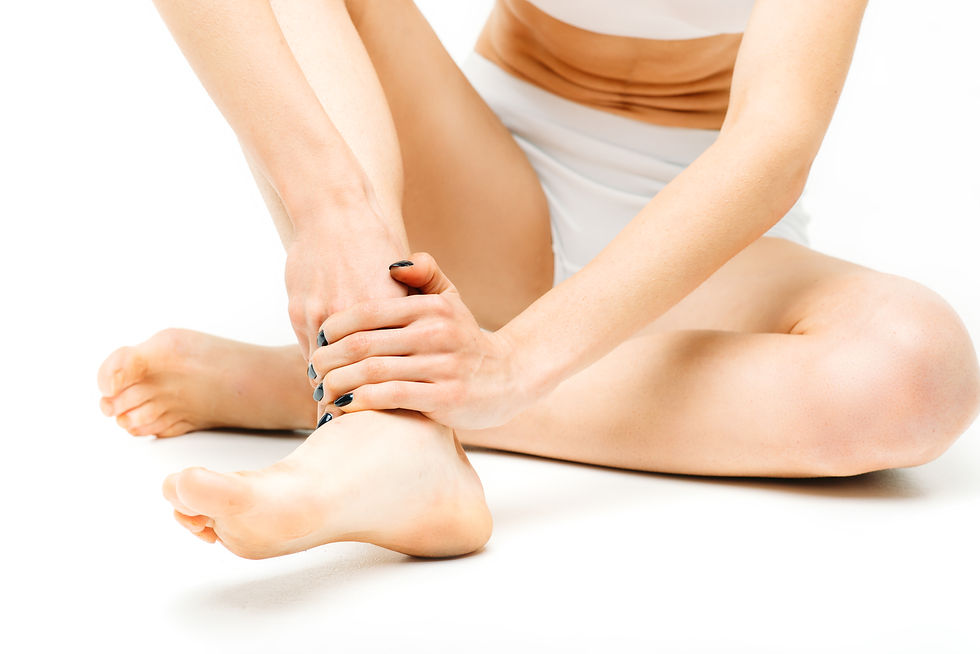
👉 Common Symptoms
A “pop” sound at injury
Pain while walking
Swelling, bruising, and instability around the ankle
Prevention Tips 💡
✔ Be cautious on uneven terrain.
✔ Wear stable running shoes.
✔ Replace worn shoes promptly.
⚠️ Most sprains recover with the RICE method (Rest, Ice, Compression, Elevation), but severe cases may involve ligament injury and require medical attention.
⑧ Achilles Tendinitis
The Achilles tendon connects the calf muscles to the heel and is essential for running.Overuse or sudden training increases often cause inflammation.

👉 Common Symptoms
Pain and stiffness along the Achilles tendon
Sharp pain with the first steps in the morning
Pain worsening after running
Prevention Tips 💡
✔ Increase mileage gradually (max 10% rule).
✔ Dynamic stretches before running, static stretches after.
✔ Wear supportive shoes.
✔ Use ankle braces for added protection.
⑨ Blisters
Blisters form when friction from shoes or socks irritates the skin, especially in long-distance runs.
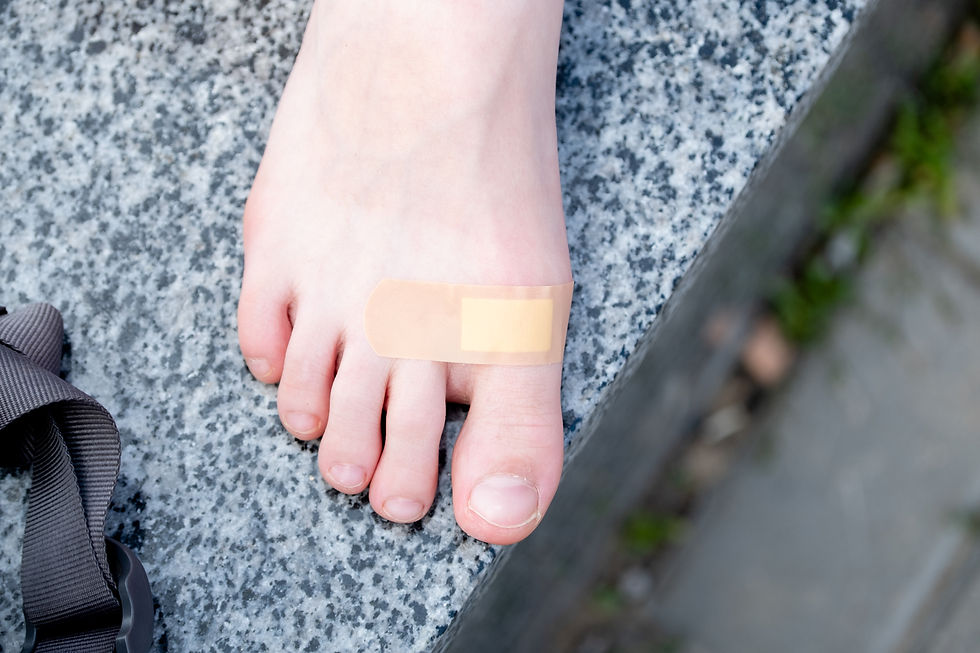
👉 Common Symptoms
Raised, red, fluid-filled bumps on the feet
Pain or irritation in the affected area
Prevention Tips 💡
✔ Wear moisture-wicking socks.
✔ Avoid worn-out shoes.
✔ Apply anti-chafing products to high-friction areas.
✔ Avoid running in wet shoes/socks
⚠️ Do not pop blisters yourself, as this increases infection risk.
Weather-Related Risks 🌦️
Extreme temperatures also increase running risks.
☀️ Hot weather: dehydration, heat exhaustion, heatstroke
❄️ Cold weather: hypothermia from rapid heat loss
👉 Stay hydrated, wear breathable gear in summer, and layer with thermal clothing in winter.
RICE Method for Injury Care
Remember the RICE method for quick response to minor injuries:
Rest – Stop running and allow recovery
Ice – Apply ice packs for 20 minutes to reduce swelling
Compression – Use wraps or sleeves to minimize swelling
Elevation – Keep the injured area raised above heart level
Pro Tips for Preventing Running Injuries
💪 Strength Training – Correct muscle imbalances and improve running form🧘
Warm-Up – Dynamic stretches before every run
🌱 Rest – Incorporate rest days to avoid overtraining
🏃 Form Correction – Practice drills for efficient running posture
🍌 Nutrition – Ensure sufficient calcium, vitamin D, and protein
🦵 Protective Gear – Knee sleeves, calf sleeves, or elbow supports reduce joint stress and enhance performance
Final Thoughts
Have you ever experienced running injuries yourself?
Even minor injuries can disrupt training, so prevention is key.
WaveWear will continue sharing practical tips and innovative gear to help runners train safer and smarter. With the right habits and protective support, your running can be more enjoyable, consistent, and pain-free.
👉 Run smarter. Run longer. Run with WaveWear.



Comments